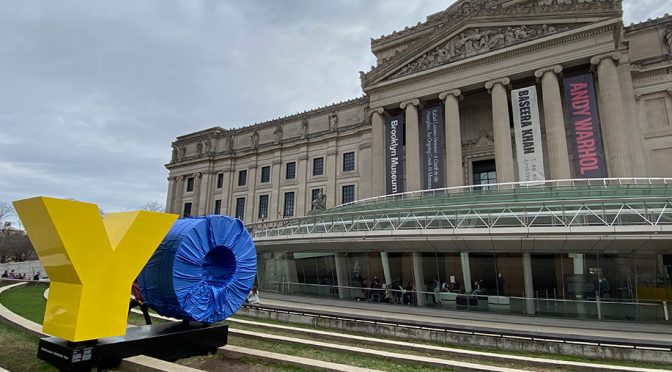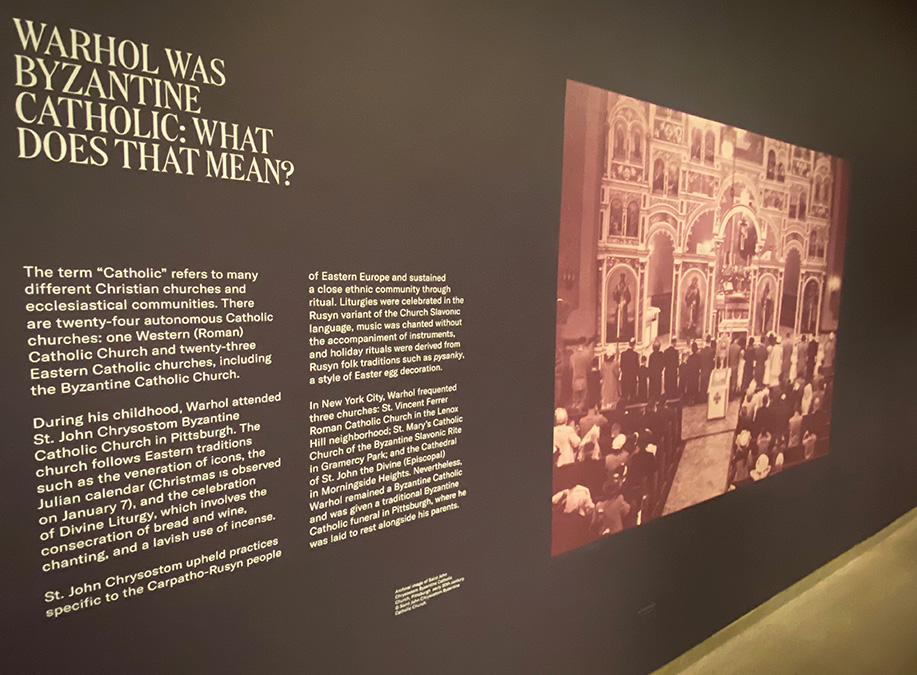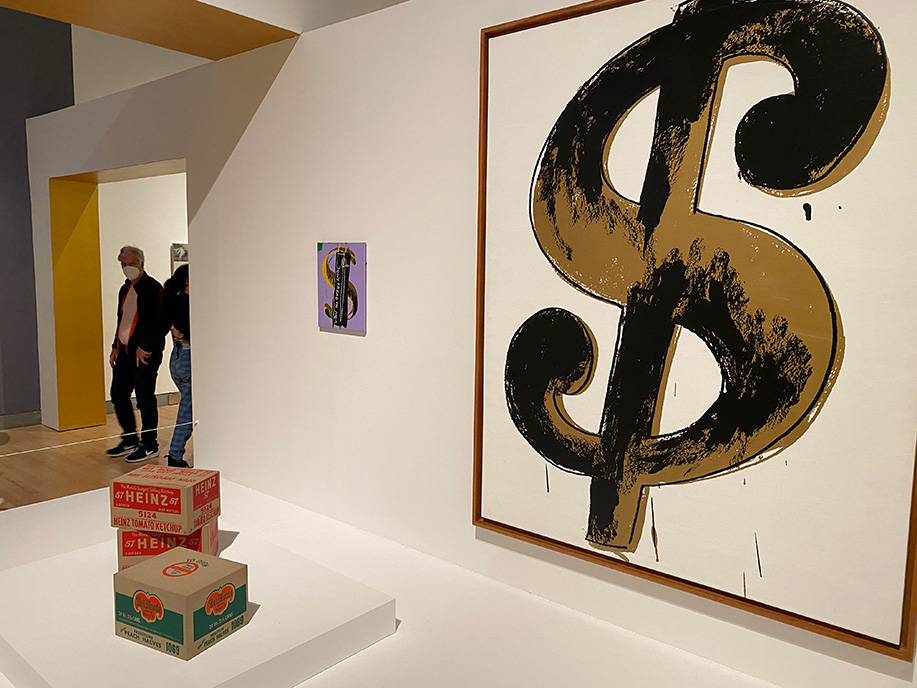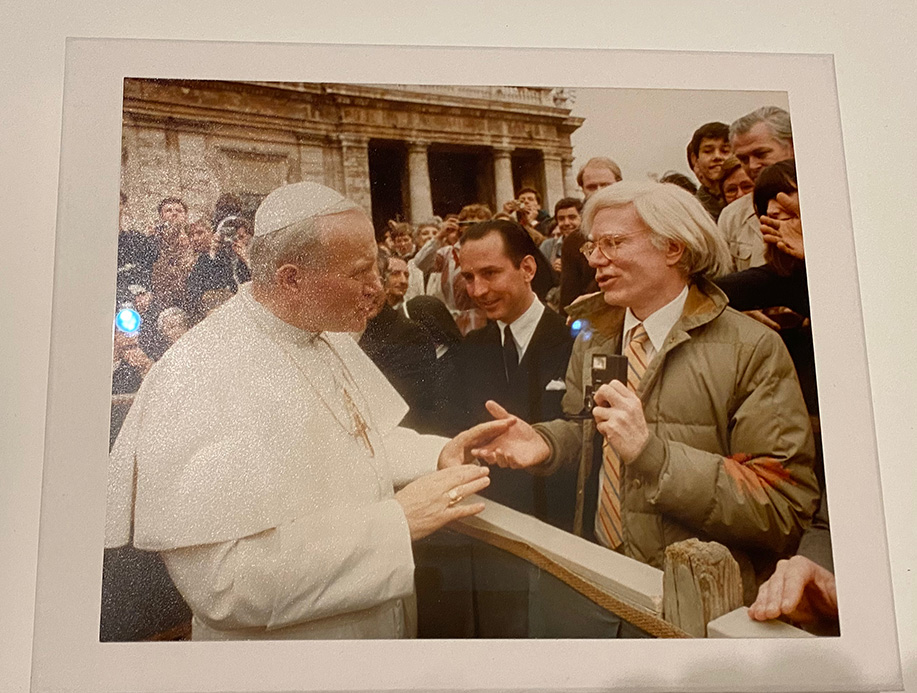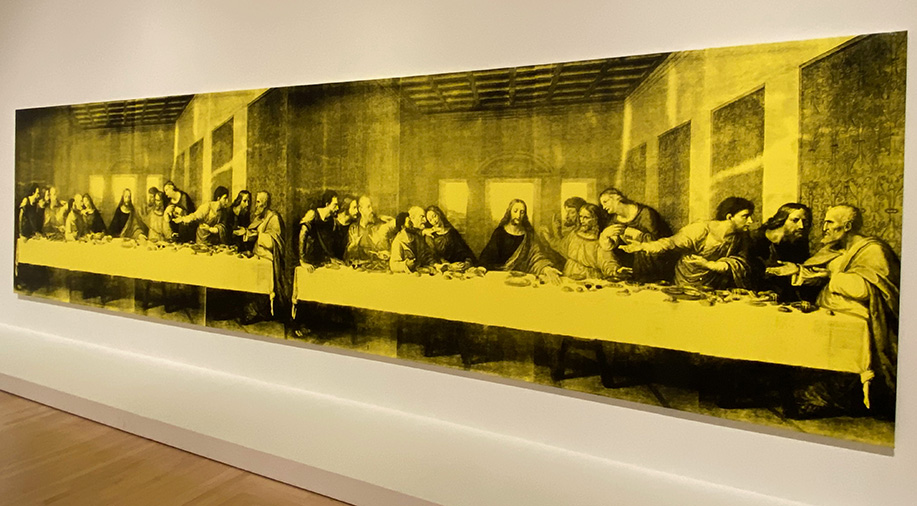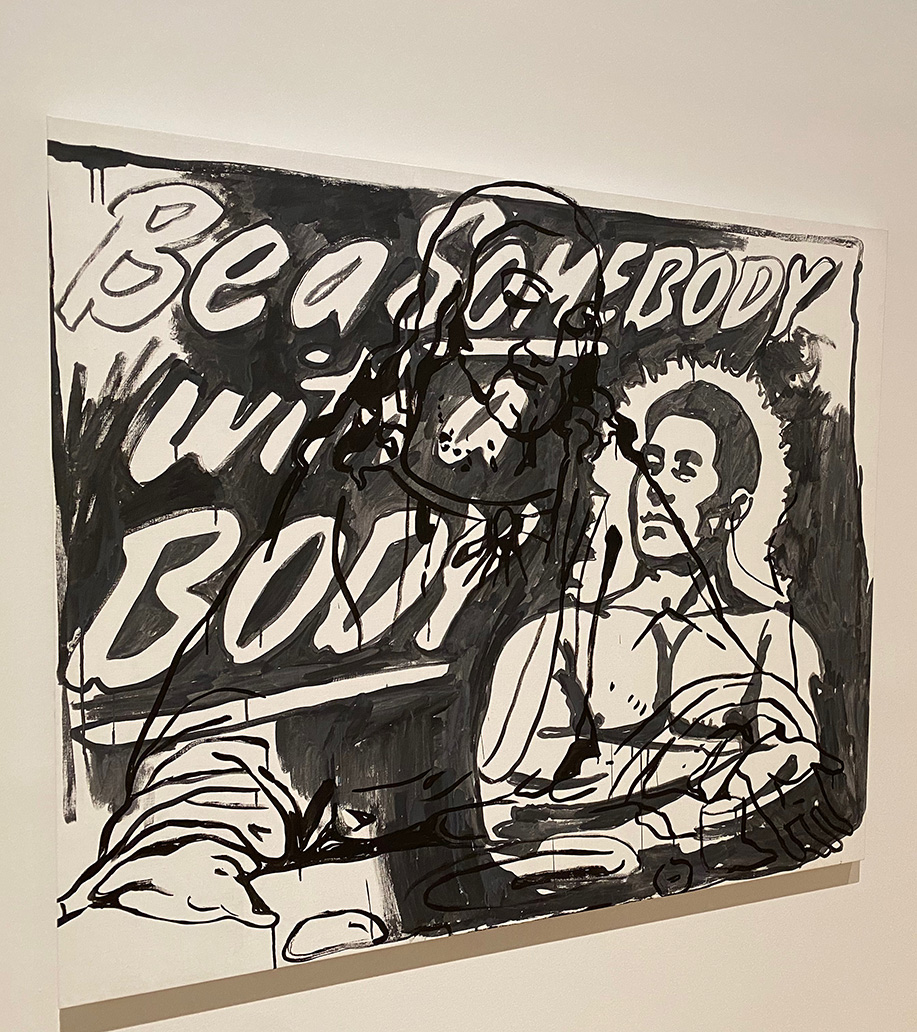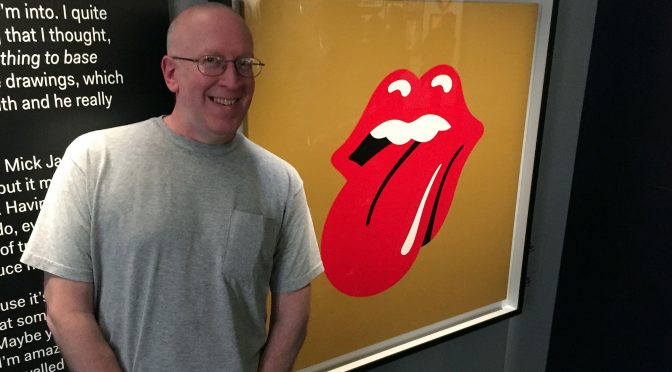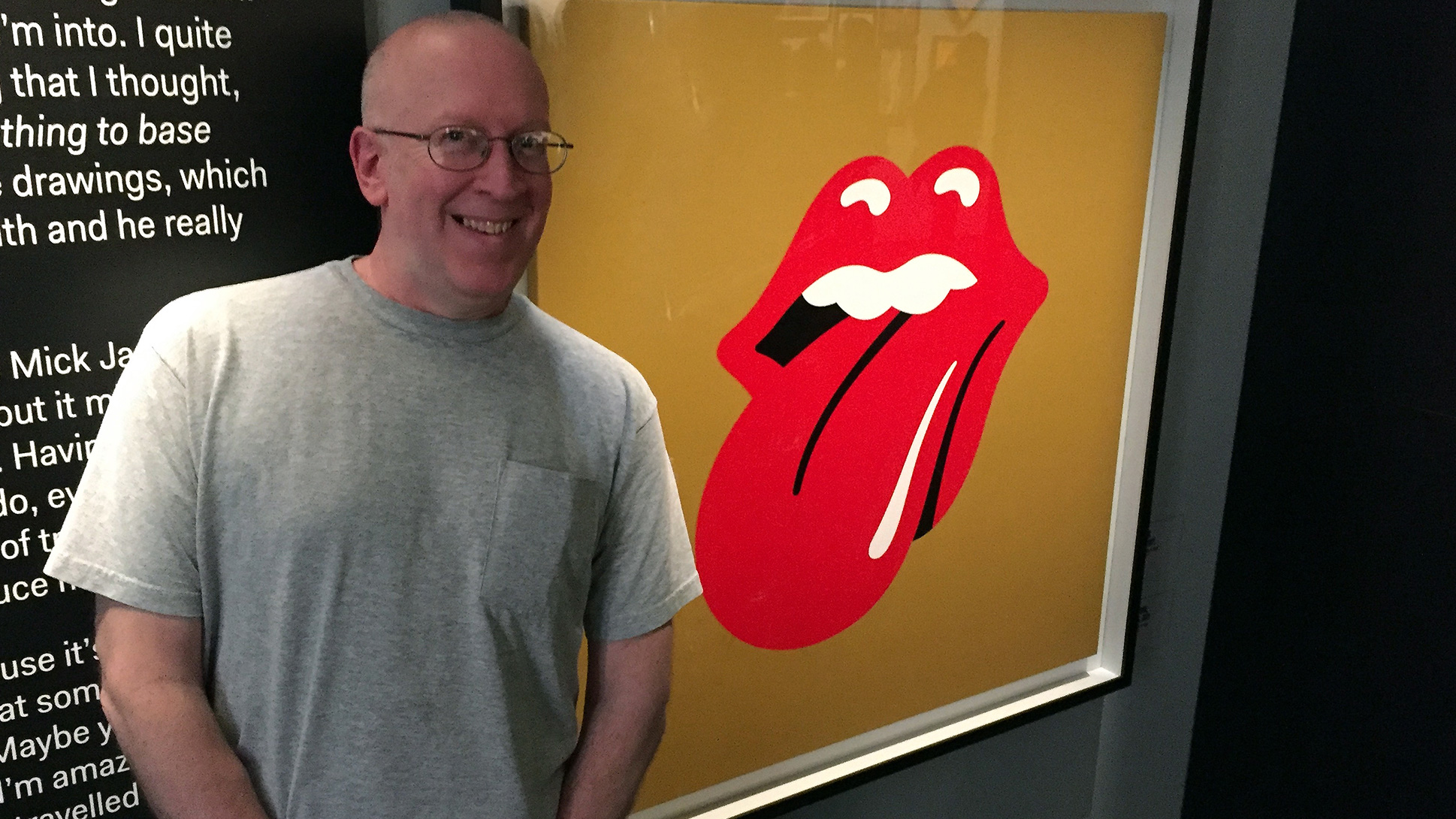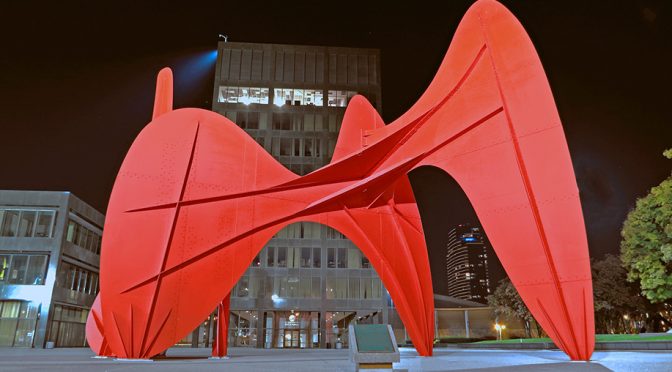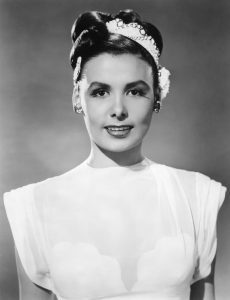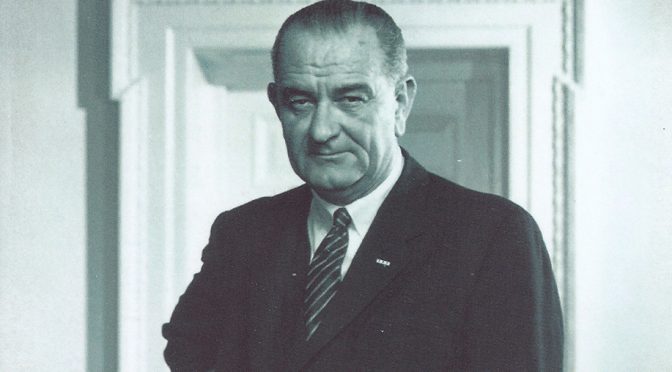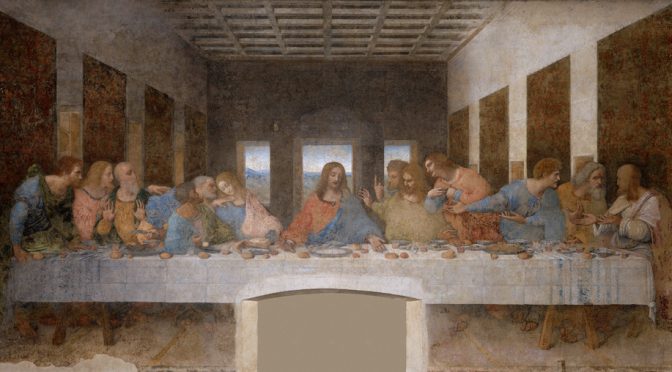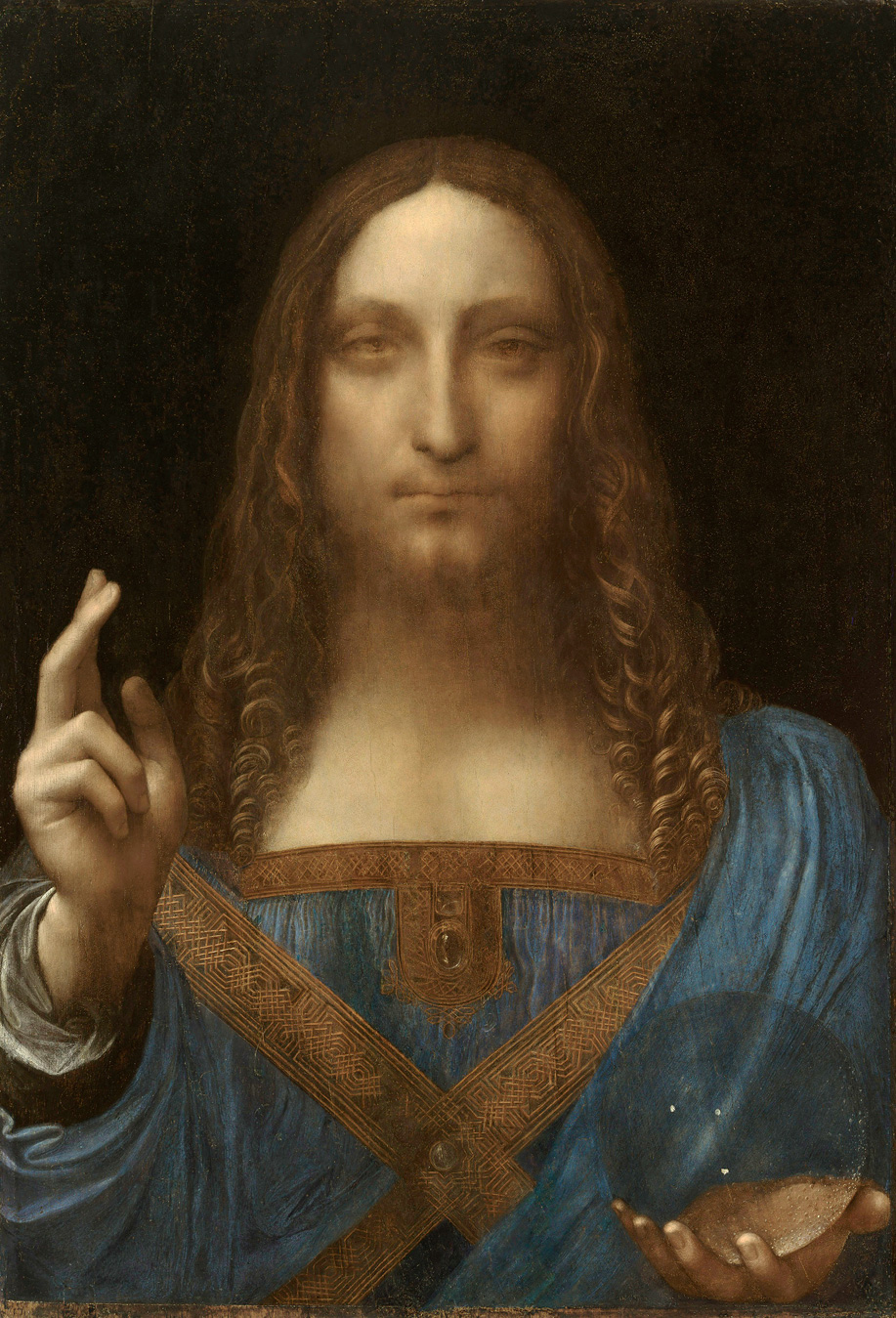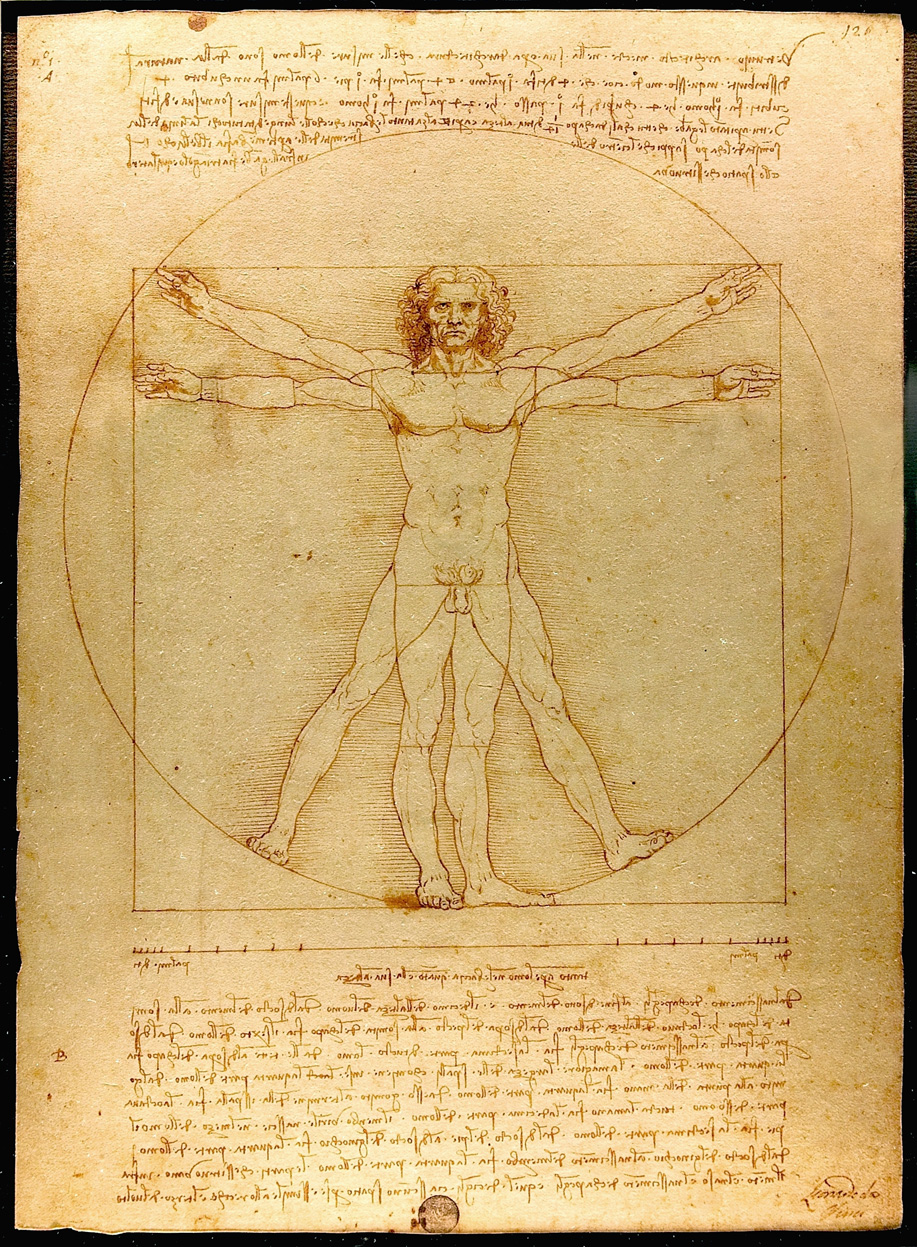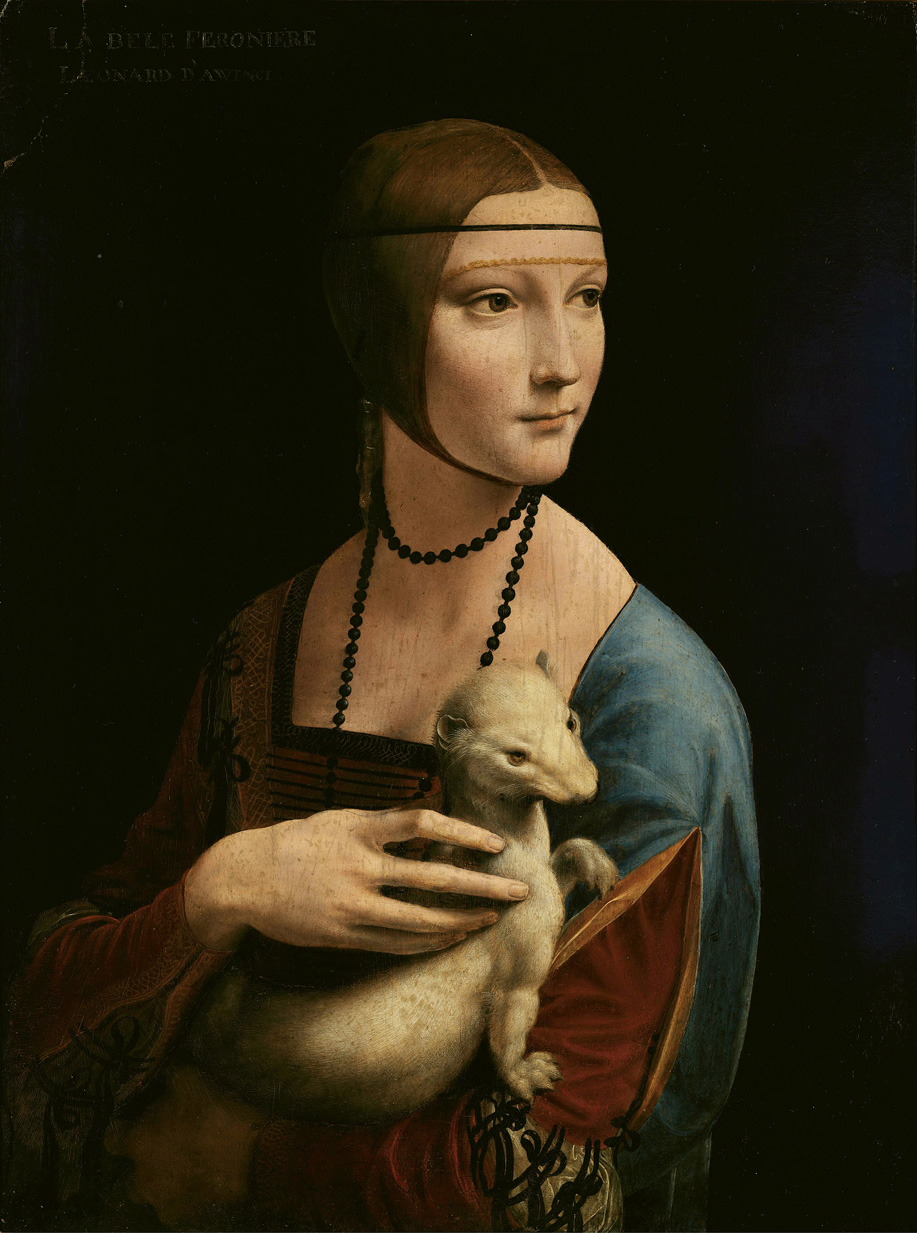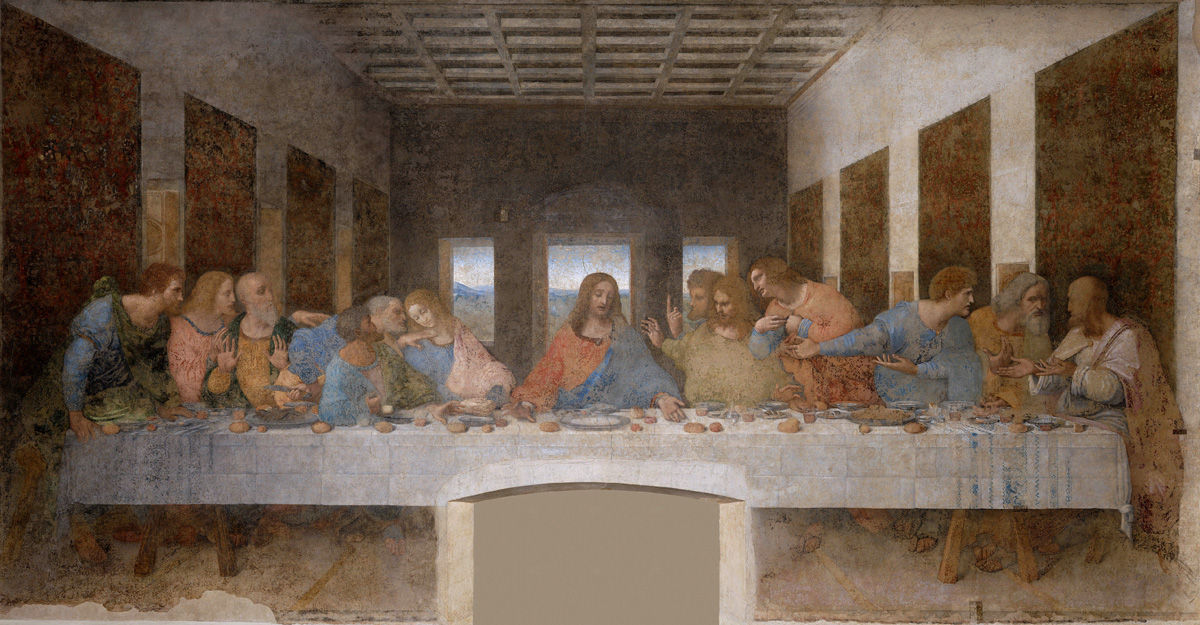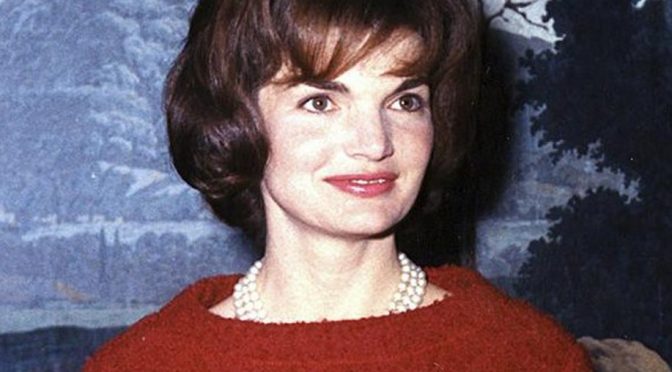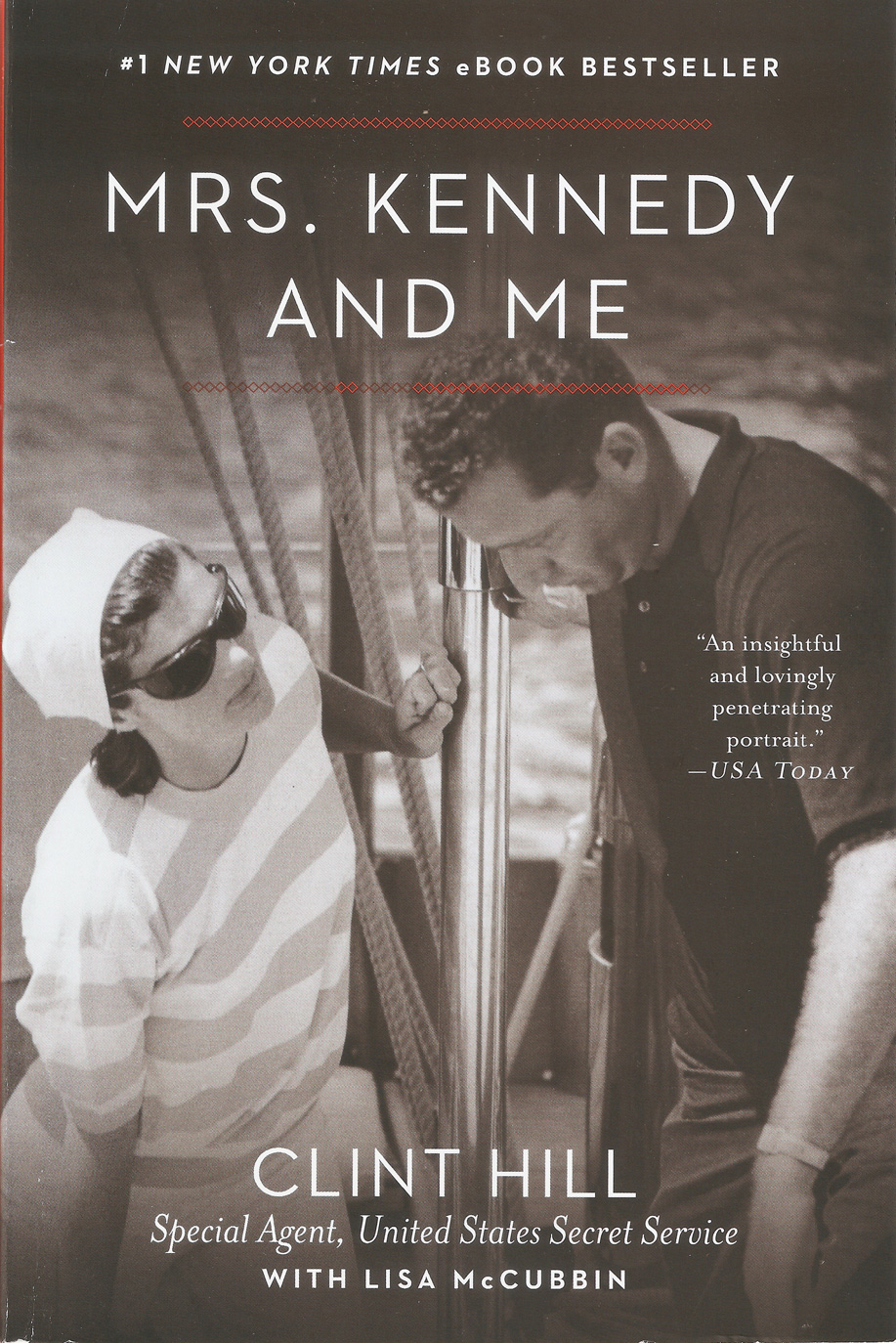 Lyndon Baines Johnson, also known as LBJ, was our nation’s 36th President. He was from Texas. He was elected Vice President under John F. Kennedy in 1960 and became president on Nov. 22, 1963, when JFK was assassinated in Dallas. Johnson took the oath of office in a somber, quickly thrown together ceremony aboard Air Force One before the plane took off to return to Washington, as documented in the famous photograph. The following year LBJ was elected to the presidency in his own right, winning in a landslide over the right-wing Republican candidate, Senator Barry Goldwater of Arizona. In the 1964 presidential election, Johnson received 61.1 percent of the popular vote vs. 38.5 percent for Goldwater. In the Electoral College that year, it was 486 votes for Johnson and 52 for Goldwater.
Lyndon Baines Johnson, also known as LBJ, was our nation’s 36th President. He was from Texas. He was elected Vice President under John F. Kennedy in 1960 and became president on Nov. 22, 1963, when JFK was assassinated in Dallas. Johnson took the oath of office in a somber, quickly thrown together ceremony aboard Air Force One before the plane took off to return to Washington, as documented in the famous photograph. The following year LBJ was elected to the presidency in his own right, winning in a landslide over the right-wing Republican candidate, Senator Barry Goldwater of Arizona. In the 1964 presidential election, Johnson received 61.1 percent of the popular vote vs. 38.5 percent for Goldwater. In the Electoral College that year, it was 486 votes for Johnson and 52 for Goldwater.
Politically, President Johnson was a liberal Democrat. His legacy is still with us today. He admired what President Franklin D. Roosevelt had done for our country, and he wanted to build upon that legacy. FDR had used the label “New Deal,” and LBJ coined the terms “war on poverty” and the “Great Society” to sell his proposed government programs to the American people. He signed massive amounts of new legislation into law, including federal aid to schools, consumer protections, environmental regulations, and funding for mass transit, public broadcasting, food stamps and housing. He also signed into law the Freedom of Information Act, plus gun control, immigration reform, employment nondiscrimination and protections for people with physical disabilities. Johnson’s biggest domestic achievement was the establishment of Medicare and Medicaid. It took a considerable amount of political skill and arm-twisting to get these programs enacted.
LBJ invested even more of his political capital to improve racial justice in our country. He got the Civil Rights Act of 1964 and the Voting Rights Act of 1965 passed, and unlike previous laws these had real meaning for American citizens with black skin. For the first time in our nation’s history, under federal law, black people were finally able to enjoy equal access to schools and public accommodations and — most importantly — to vote. Additionally, the Medicare law was written in such a way as to prohibit racial discrimination in hospitals and doctors offices. This had immense effect. And in a milestone for the Supreme Court, Johnson appointed Thurgood Marshall an Associate Justice, thus breaking the color barrier on the nation’s highest court.
Sadly, it was also during the Johnson presidency that American involvement in Vietnam spiraled out of control. The North Vietnamese, who were Communists, wanted one unified country under Communist rule. The capital of North Vietnam was Hanoi. We were on the side of the South Vietnamese, whose capital was Saigon. The Viet Cong, a Communist military organization, was all over South Vietnam. The fear was that if Vietnam went Communist, it would cause a “domino effect” that would be impossible to stop. The Soviet Union and China would then become the world’s dominant countries, and the American capitalist system would wane. No, we could not let that happen, the thinking went. We had to make a stand in Vietnam. Our involvement had started under Eisenhower and Kennedy with a few thousand military “advisers,” but that term was really a euphemism.
It was not even a declared war. The Gulf of Tonkin Resolution, passed by Congress in August 1964 in response to an attack on a U.S warship that was either real or conjured up, gave the President the authority to escalate. Gradually over time, we sent more and more ground troops to Southeast Asia, eventually hundreds of thousands, most of whom were drafted. The problem was that no matter how much support we gave them, no matter how many troops we sent, no matter how many bombs we dropped against the North Vietnamese, the war was unwinnable. The South Vietnamese were simply not able to form a viable government of their own. Those who were in charge of the government in the South were corrupt and incompetent. They oppressed Buddhists. And the North Vietnamese were not going to give up, no way, never. Things just kept getting worse and worse. And as the situation worsened, LBJ’s popularity fell with the American public. Johnson had wanted to pass more domestic initiatives, but the war in Vietnam was sapping too many of our resources. He had to call for tax increases.
In January 1968, the North Vietnamese and the Viet Cong launched the Tet Offensive, so named for the Vietnamese New Year holiday, in which they attacked a number of sites all over South Vietnam. Although it was not a success for them militarily, it had tremendous ramifications because it affirmed that the war had become a stalemate. All during this time, the anti-war movement gathered momentum and became more and more unstoppable. There were protests on college campuses. By March 1968 Johnson, with his approval rating in the gutter, decided not to run for re-election. He made the announcement on national television. His exact words: “I shall not seek, and I will not accept, the nomination of my party for another term as your president.”
This comes at the end of “Lyndon B. Johnson: Portrait of a President,” by Robert Dallek, the subject of today’s book report. This biography, at 375 pages, is a “Readers Digest condensed” version of the same author’s two-volume biography of LBJ. I selected this book because I did not want to read thousands and thousands of pages on Johnson. There is also yet another, even more famous multi-volume biography of Johnson by Robert Caro, which I am skipping because of its daunting length. (So far Caro has written FOUR very long books about LBJ, with a fifth on the way!)
The best part of this book by Dallek, the one I read, came at the end, in which the author offers a thoughtful analysis of the Johnson presidency, and Johnson the man. But what I learned most came in its early chapters about LBJ’s upbringing and his rise to power. LBJ came from humble roots. His family was poor. He was born in 1908 in the remote town of Stonewall, Texas. During and immediately after college he was a schoolteacher. He taught in small towns, and his students were poor and disadvantaged. He would think about them often during his entire political career. In 1931 Johnson moved to Washington, D.C., to serve as an aide to Richard M. Kleberg, who had just been elected to the House of Representatives. The Congressman was lazy, and so Johnson actually did all the work for him behind the scenes! He put in long hours and learned the ins and outs of how things were done in the nation’s capital. He even caught the attention of the newly elected President Franklin D. Roosevelt. In 1937 Johnson ran for his own seat in the House and won, representing the 10th District, which included Austin.
Johnson also had a brief stint in the military during World War II. He entered the Naval Reserve in 1940. After Pearl Harbor, FDR sent him to Australia, in part to be his eyes and ears. Johnson, who was a sitting U.S. Congressman, was sent on one combat air mission against the Japanese before returning stateside to resume his career in Congress.
In 1941 Johnson ran for the U.S. Senate but lost in the primary. He tried again in 1948, and this time he won the primary and then in the general. Over the next dozen years, Johnson would come to dominate the Senate. He became Senate Majority Whip for the Democrats, then Senate Minority Leader, then Senate Majority Leader, which is the same position Mitch McConnell has today. In 1960 Johnson tried for the Democratic nomination for president, but Kennedy prevailed and then selected Johnson as his running mate. After he took office JFK asked Vice President Johnson to be chairman of the space council. At the time there was a “space race” going on between the United States and the Soviet Union. Vice President Johnson also went on a number of overseas trips, in which he passed out pens and other souvenirs.
Here are a few more notes about LBJ:
- He could be physically crude, and he had a dominating and forceful personality. He employed what came to be known as “the treatment,” which was a combination of intimidation, flattery, forceful persuasion and getting in a person’s physical space, to strong-arm politicians into voting in a certain way or supporting a particular cause.
- Johnson also used racially insensitive language. There are tapes. He can be heard using racial epithets when speaking to Senators when pressuring them to go along with his civil rights legislation. According to the author, LBJ used such language not because he was racist himself but because it was the way Southerners talked back then and a way to get through to them.
- According to political lore, it was the passage of the civil rights laws in the early 1960s that caused the South to swing Republican. Johnson even predicted that this would happen.
- During Johnson’s presidency, there were inner city riots in Los Angeles, Detroit and other cities in response to police violence against blacks. As we know now, the causes of these uprisings were very serious and very real. The only difference back then is that we did not have the cellphone videos.
- One of Johnson’s first acts as president was to appoint a panel of distinguished Americans to investigate the assassination of JFK and present a report to the American public. This became known as the Warren Commission, named after its chairman, Earl Warren, the Chief Justice of the United States. Also on the commission was Congressman Gerald R. Ford of Michigan. Their conclusion — correct, in my opinion — was that Lee Harvey Oswald acted alone.
- During the 1964 presidential race against Goldwater, the Johnson campaign ran an ad on television showing a little girl picking petals from a daisy, then the camera zooms in on her eye and a nuclear bomb goes off. The ad was shocking and aired only once.
- As mentioned, Medicare and Medicaid ranked among Johnson’s crowning achievements. In 1965 he invited former President Harry S. Truman to the signing of the Medicare Bill. Truman had been an advocate of universal health care. The ceremony took place in Independence, Missouri, Truman’s hometown.
- When Johnson announced he was not going to seek another term of office in 1968 it looked like Robert F. Kennedy would win the Democratic nomination and go on to win the presidency. After Bobby was assassinated, Vice President Hubert Humphrey went on to receive the Democratic nomination, and he lost to Richard Nixon.
- After LBJ left the presidency and returned to Texas, he grew long hair!
- LBJ had married Claudia Alta Taylor, more commonly known as Lady Bird, and they had two daughters.
- Everything in Johnson’s life that could be named had the initials LBJ. This included his daughters Lynda Bird Johnson and Luci Baines Johnson, his ranch and even the family pets.
- Johnson bought local radio and television stations in Texas, and the profits and proceeds from these provided enough money for him to retire comfortably and provide for Lady Bird after his death.
- LBJ died January 22, 1973, at age 64.
One more, final note about Johnson: He was president when I was born, but I have absolutely no recollection of him at all in my own personal memories.



